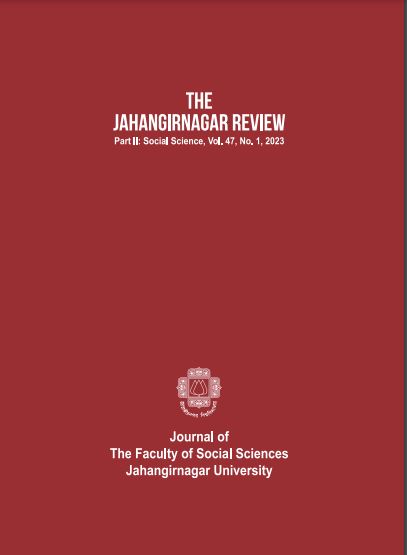Predicting spatio-temporal dynamics of LULC change for 2030 using multi-spectral temporal satellite imageries of Hatiya Island, Bangladesh
Main Article Content
Abstract
Anthropogenic and natural factors like population growth, urbanization, industrialization, transportation and communication, climate change, erosion, and deposition all contribute to changes in Land Use and Land Cover (LULC). However, it is increasingly essential to understand how land use and land cover have changed in order to manage and monitor development processes, particularly land use planning. As of late, a region's LULC change heavily relies on geographic information systems (GIS) and remote sensing for purposes of monitoring, assessing, and long-term planning. The study is concerned with the detection of LULC change of Hatiya Island and predicting the spatiotemporal dynamics of the changes using GIS and RS techniques. Therefore, Landsat TM and Landsat OLI satellite images of three distinct years 2010, 2015, and 2020 were analyzed using the maximum likelihood classification technique (MLC). The result reveals that most noticeable LULC changes among the major classes is the gradual depletion of agricultural lands and the transformation of waterbodies into built-up areas in the southern and northern part especially. In accordance with the study, between the years 2010 and 2020, built-up area, homestead vegetation, and mud flat or intertidal area increased by 6.06%, 9.98%, and 13.39%, respectively, whereas water bodies, vegetation cover, agriculture, and bare land decreased by 7.97%, 4.76%, 8.82%, and 24.70%, respectively. Hereafter, CA-Markov chain model was applied to predict the LULC of Hatiya for 2030 considering the current and previous trends of the dynamics of LULC. Kappa coefficient analysis was conducted to measure error matrix along with user’s accuracy, producers’ accuracy and overall accuracy whereas value of Cohen’s kappa was calculated 82.07%, 83.65% and 82.36% in the years of 2010, 2015 and 2020 accordingly.

